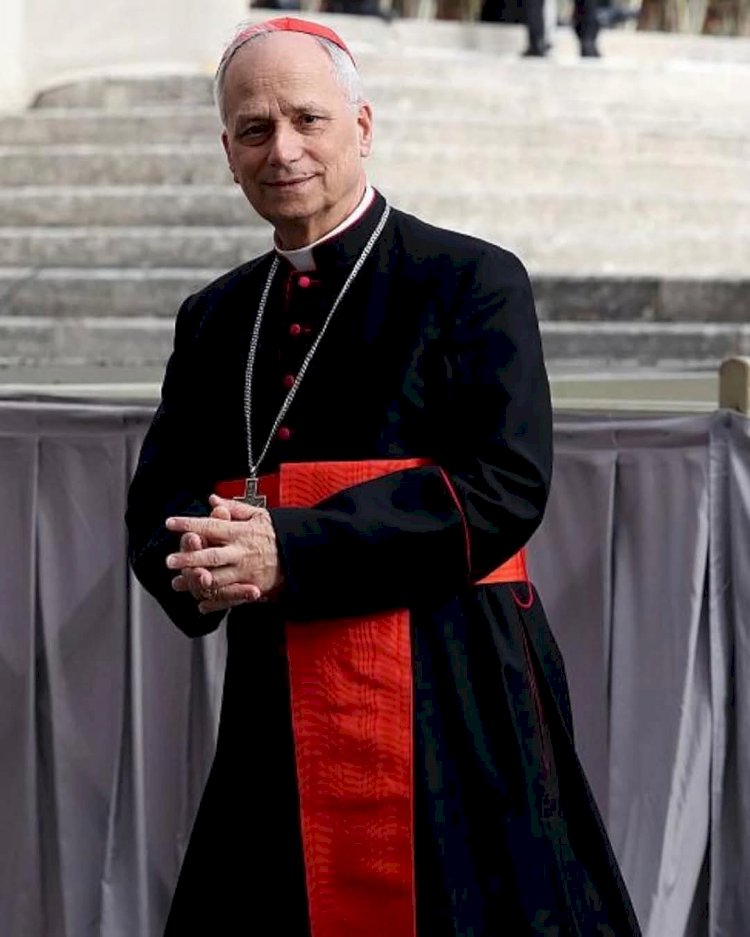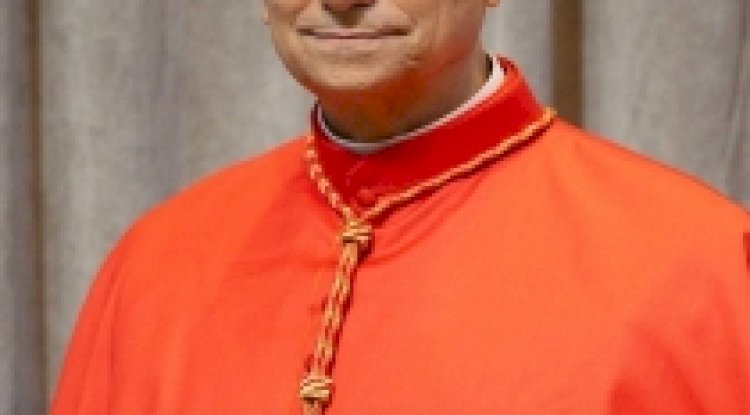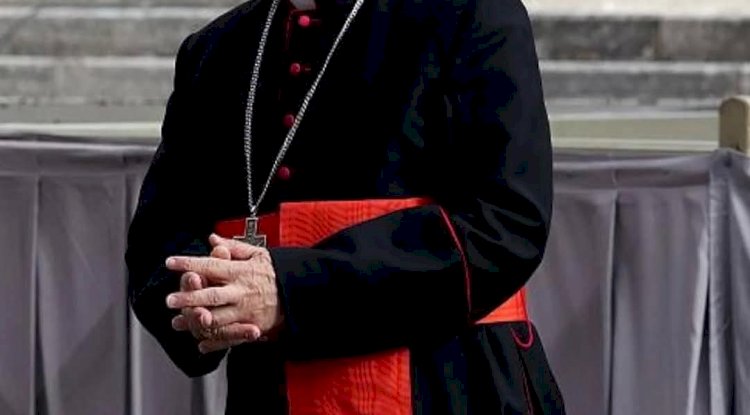Election of Pope Leo XIV: A Historic Milestone for the Catholic Church

By Matthews Otalike | May 8, 2025

In a historic moment for the Roman Catholic Church, Cardinal Robert Francis Prevost, a 69-year-old American prelate, was elected as the 267th pope on Thursday, May 8, 2025, taking the name Pope Leo XIV. His election marks the first time in the Church’s 2,000-year history that an American has ascended to the papacy. This development signals continuity with the progressive legacy of his predecessor, Pope Francis, and a potential shift toward a more globally inclusive Church. As the world turns its attention to the Vatican, The Searchlight explores the life, career, and challenges facing the newly elected pontiff.
A Humble Beginning in Chicago
Born on September 14, 1955, in Chicago, Illinois, Robert Francis Prevost grew up in the largest archdiocese in North America, a vibrant Catholic community known for its cultural diversity and traditions like dyeing the Chicago River green for St. Patrick’s Day. Raised in a devout Catholic family, Prevost’s early life was shaped by the values of faith, service, and community. He joined the Order of Saint Augustine (Augustinians) in 1978, a religious order known for its emphasis on community life, education, and pastoral care. Prevost’s academic journey led him to the Catholic Theological Union in Chicago, where he studied alongside peers like Father Mark R. Francis, who later described him as “extremely intelligent, compassionate, and not a showboat.”
Prevost’s multilingual abilities, including fluency in English, Spanish, and Italian, reflect his global outlook. His education in canon law, culminating in a doctorate, positioned him as an expert in Church governance, a skill that would define much of his career. Ordained a priest in 1981, Prevost’s early ministry focused on serving marginalized communities, a theme that would resonate throughout his life.
A Global Ministry Rooted in Service
Prevost’s career is a testament to his commitment to the Church’s mission in diverse contexts. In 1985, he was sent to Peru as a missionary, where he spent over two decades serving in impoverished communities. His work in Trujillo and later as a pastor in Chulucanas showcased his ability to connect with people across cultural and economic divides. Prevost’s fluency in Spanish and his immersion in Latin American culture earned him dual U.S.-Peruvian citizenship, underscoring his deep ties to the region.
His leadership within the Augustinian order was equally significant. From 2001 to 2007, Prevost served as the prior general of the order, overseeing its global operations from Rome. This role honed his administrative skills and gave him a firsthand understanding of the Church’s universal challenges. In 2014, Pope Francis appointed him Bishop of Chiclayo, Peru, where he continued to champion the poor and marginalized, echoing Francis’s own priorities.
In 2023, Prevost was elevated to cardinal and appointed prefect of the Dicastery for Bishops, a powerful Vatican role responsible for recommending bishop appointments worldwide. His centrist approach—progressive on social issues like migration and inclusion but conservative on doctrinal matters like women’s ordination—made him a bridge between the Church’s liberal and traditionalist factions
.

The Conclave of 2025: A Historic Election
The conclave to elect Pope Francis’s successor began on May 7, 2025, following the pontiff’s death on April 21 at age 88. With 133 cardinal electors from 70 countries, the 2025 conclave was the most diverse in history, reflecting Francis’s efforts to globalize the College of Cardinals. Of these, 108 were Francis appointees, giving his legacy significant influence.
The first day of voting yielded no result, with black smoke signaling deadlock after multiple ballots.
On the afternoon of May 8, white smoke rose from the Sistine Chapel’s chimney, and Cardinal Protodeacon Dominique Mamberti announced to the world: “Habemus Papam!” Cardinal Robert Francis Prevost, taking the name Leo XIV, appeared on the balcony of St. Peter’s Basilica to deliver his first Urbi et Orbi blessing to a crowd of over 10,000 gathered in the square.
Why Leo XIV?
Prevost’s choice of the name Leo XIV is rich with historical significance. The last Pope Leo, Leo XIII (1878–1903), was known for his social teachings, including Rerum Novarum, which addressed workers’ rights and laid the foundation for modern Catholic social doctrine. By choosing this name, Prevost may be signaling a commitment to social justice, interfaith dialogue, and the Church’s role in addressing global inequalities, priorities aligned with his ministry.
His election as the first American pope breaks a centuries-long tradition of European dominance in the papacy. Vatican observers note that Prevost’s North American roots, combined with his Latin American experience, position him as a “bridge between East and West,” capable of navigating the Church’s global diversity.
Challenges and Controversies
Pope Leo XIV inherits a Church at a crossroads. With 1.4 billion Catholics worldwide, he faces pressing issues such as declining membership in the West, financial strains, and ongoing reckoning over clergy sexual abuse scandals. His tenure as prefect of the Dicastery for Bishops has drawn scrutiny, particularly from survivors’ groups.
A Vision for the Future
As Pope Leo XIV, Prevost is poised to build on Pope Francis’s legacy while addressing the Church’s traditionalist wing. His supporters highlight his pastoral heart, intellectual rigor, and global perspective. Father Mark Francis, his former classmate, praised his “calm and compassionate” demeanor, suggesting he could unify a polarized Church.
Analysts expect Leo XIV to prioritize interfaith dialogue, given his experience in Peru and his appointment as a cardinal in 2023 by Francis, who valued bridge-builders. His progressive stance on migration and inclusion may resonate with younger Catholics, while his commitment to canon law could reassure conservatives seeking doctrinal clarity.
In his first address, Pope Leo XIV called for a “Church that listens,” urging Catholics to embrace “the joy of the Gospel” in a world marked by division. As he steps into this historic role, the eyes of the world are on Vatican City, watching how the first American pope will shape the future of the Catholic Church.
The Searchlight is committed to factual reporting. Readers are encouraged to verify information through primary sources. For updates on Pope Leo XIV’s papacy, follow our blog or contact our editorial team.
What's Your Reaction?














